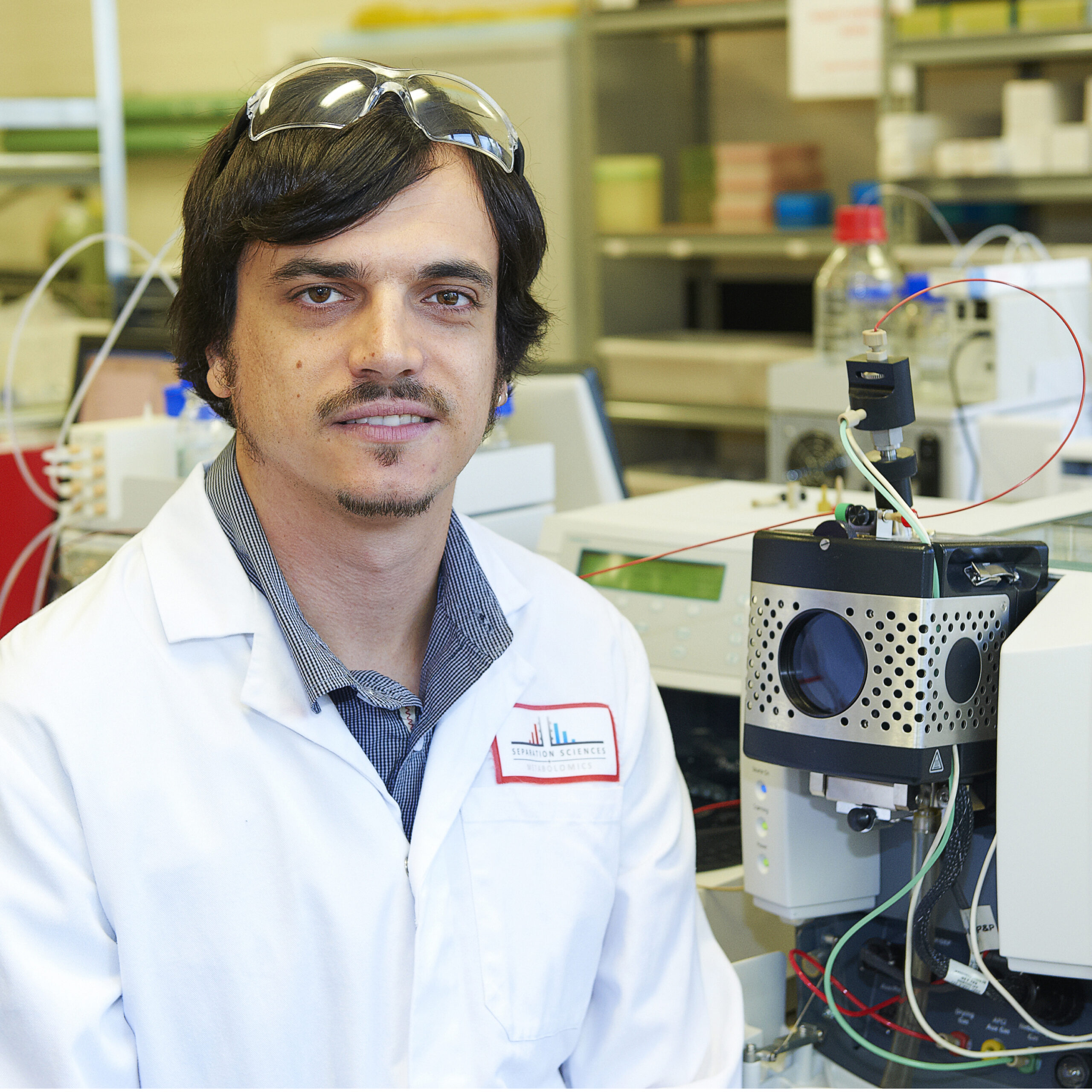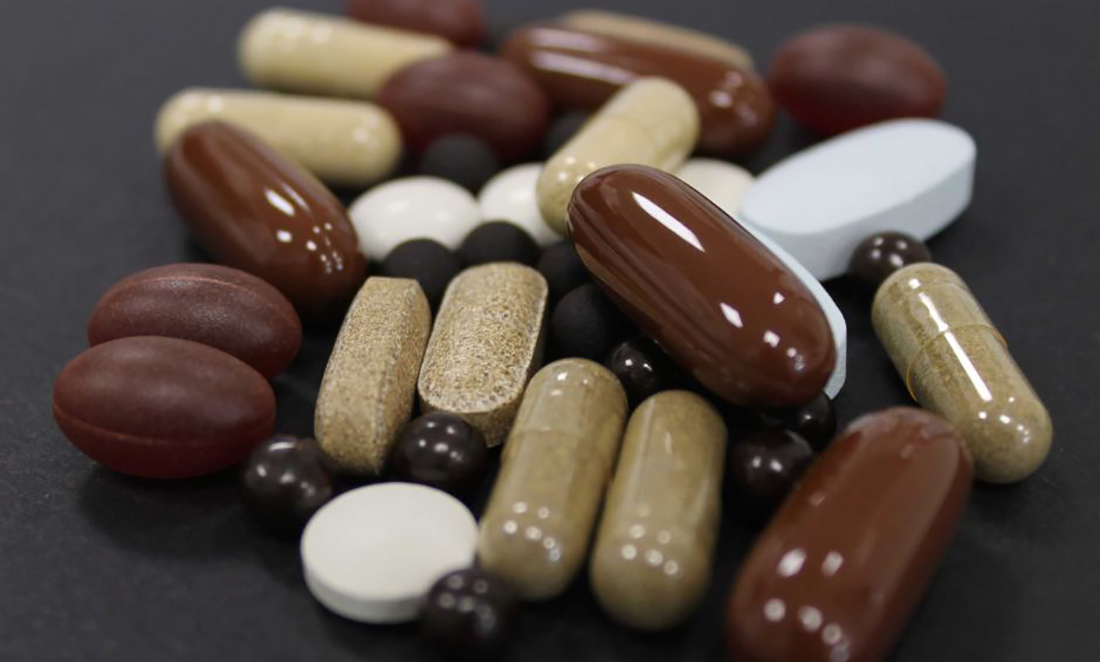Dr Garth Maker received the prestigious Young Tall Poppy Science Award in October.
This Australian Institute of Policy and Science accolade honours science and communication excellence.
Dr Maker was part of a study by Murdoch, Curtin and Adelaide scientists that detected dangerous substances in herbal remedies.
The researchers bought 26 traditional Chinese medicines (TCMs) from an Adelaide market.
They then tested them using next generation DNA sequencing technology, and toxicology and heavy metals screening.
A staggering 92% contained undeclared ingredients, including heavy metals, drugs and animal DNA.
Garth says the findings, published in Scientific Reports in December 2015, are a big concern.

ENDANGERED ANIMAL DNA, DRUGS AND HEAVY METALS FOUND
Finding DNA from endangered species – such as snow leopards and snakes – shocked the team.
Dog, cat, tick and human DNA also showed up.
“That suggests poor quality manufacturing processes rather than deliberate adulteration,” Garth says.
Some medicines were laced with prescription and over-the-counter drugs.
“We found warfarin, which is a blood thinning medication that needs to be used under close medical supervision,” Garth says.
“We found steroids…and sildenafil, the active ingredient in Viagra.
“These things are of great concern as they are tightly-controlled substances.
“We also found everyday drugs like paracetamol, ibuprofen and aspirin – in one case, all three in one medication.”
Garth says the presence of heavy metals and toxins is disturbing.
“We found worrying levels of arsenic, lead and cadmium,” Garth says.
“One [medicine] had 10 times the acceptable daily intake of arsenic in it.”
Another TCM contained strychnine and brucine – plant-derived compounds that can be poisonous.
“They were found at levels that may have a toxic effect on the consumer,” Garth says.
A MULTI-BILLION DOLLAR INDUSTRY
TCMs are part of a larger group called complementary and alternative medicines.
Garth says the industry in Australia was worth $2.5 billion five years ago and is growing.
“The data we have suggests this is at least four times the amount patients spend on prescription medicines each year,” he says.
People who take TCMs often don’t tell their doctor in case they’re criticised, anecdotal evidence suggests.
“We also know people advocate for these as alternatives to conventional medicines because they are considered natural and therefore safer,” Garth says.
Many consumers would be disappointed to discover their “natural” alternative contained drugs they were trying to avoid.
The Therapeutic Goods Administration that regulates the industry needs stronger laws, Garth says.
“The current regulatory system can best be described as a trust-based system,” he says.
“I think the data we have generated…shows these sorts of systems do not work.
“We need tighter regulation and stronger testing regimes to provide the level of safety and assurance members of the public assume is present.
“They assume products sold in our country are safe and at the moment that is clearly not being achieved.”
GAINING A DEEPER INSIGHT
A bigger study of 300 complementary and alternative medicines is underway, thanks to a $450,000 National Health and Research Council grant.

Garth says researchers hope to gain a better picture of the broader industry, not just TCMs.
They have tested the 300 products and are analysing the results.
Their aim is to inform the public, pharmacists and doctors about potential health risks.
Garth says regulation will help “weed out” people who are taking advantage of the current system.
“Tightening the system up will allow genuine practitioners who deliver quality products to thrive,” he says.







